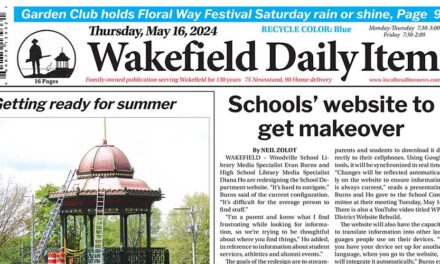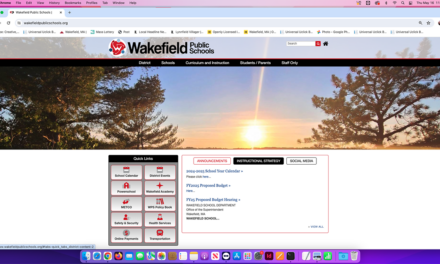Published in the September 3, 2020 edition.
By MARK SARDELLA
Monday is Labor Day, meaning that the Summer of 2020 will finally, mercifully, be over.
So long, COVID Summer. Don’t let the door hit you on the way out.
It was the summer of face coverings, cancellations and quarantines, as opposed to concerts, camp and cookouts.
Everything was canceled, including local favorites like the Fourth of July Parade and fireworks, Festival Italia, Festival by the Lake and Movies by the Lake.
But at least it was warm, unlike the summer of 1816, “The Year There Was No Summer.” Snow fell in Massachusetts on June 7. People referred to 1816 as “Eighteen Hundred and Froze to Death.”
So stop your whining, put on your mask and listen to how good you have it.
The winter of 1815-16 was near normal, offering no hint of what was to come. The first indication that something was amiss with the weather came when the usually wet New England spring produced scant rain.
Thomas Robbins was living in East Windsor, Connecticut in 1816. Due to the cold and drought, “the vegetation does not seem to advance at all,” Robbins wrote in his diary. (Few people had Facebook in those days, so those inclined to record their every thought were reduced to writing with a quill pen in blank books called “diaries” or “journals.”)
A brief warm and rainy period toward the end of May gave New Englanders reason to be hopeful that the cool, dry spring had been just a minor weather fluke. Then, on May 29, strong northwesterly winds drew frigid arctic air into the northeast. In Erie, Pennsylvania, a quarter inch of ice formed on free-standing water.
With the arrival of June, more seasonable temperatures returned, offering renewed hope for threatened crops. But the overnight of June 5-6 crushed that optimism, as the temperature again plummeted. The 7 a.m. temperature at Williamstown, Massachusetts was 45 degrees Fahrenheit. Not so bad, except that it was also the high temperature for the day.
And that was only the beginning.
On June 7, Waltham, Massachusetts reported a morning temperature of 35 degrees. From Vermont came reports of 5-6 inches of snow with drifts over a foot deep. There are reliable accounts of snow falling in Salem, Massachusetts.
The cold was so intense that birds fell dead in the fields, and newly shorn sheep died of exposure. On June 9, frost was reported in Worcester and on June 10 in East Windsor, Connecticut. The sunrise temperature at Waltham on June 10 was 33 degrees.
Then the arctic air mass passed and for the rest of June, temperatures around the region again reverted to seasonable levels.
But July was just around the corner.
When the wind shifted to the northwest on July 6 and temperatures began to fall, New Englanders began to worry anew.
With good reason.
While not as severe as the previous weather events, temperatures in the 40-degree range were reported as far south as Hartford and New Haven, Connecticut. It was worse up north. A frost in Franconia, New Hampshire on July 9 killed the entire bean crop. The damage that the cold, dry summer had wrought on the agrarian society led to legitimate fears of famine in the region.
Then the cold ended and more normal temperatures for the rest of July fed hope that something could be salvaged of the summer crops. But August would squash those hopes once and for all.
Frost in northern New England laid waste to what was left of that corn crop on August 13 and 14. A week later, there was frost in Keene and in Chester, New Hampshire. It was cold enough in Middlesex County to destroy the corn in low-lying areas. Another frost hit central New England on August 28. The next morning, Williamstown, Massachusetts recorded a temperature of 37 degrees.
So what ruined the summer of 1816?
Well, for once it wasn’t the Red Sox.
The most likely cause was volcanic dust trapped high in the atmosphere blocking and reflecting solar rays away from earth. Some of the largest volcanic eruptions in recorded history occurred in the Asian Pacific in the years just prior to 1816.
Which just goes to show you — when it comes to influencing the weather, humans and our fossil fuels can’t hold a candle to Mother Nature.




